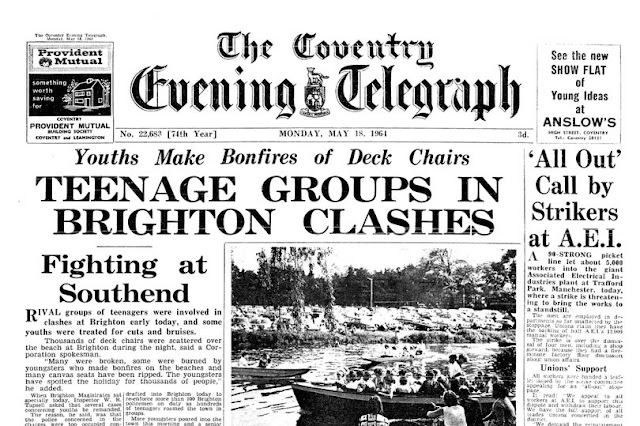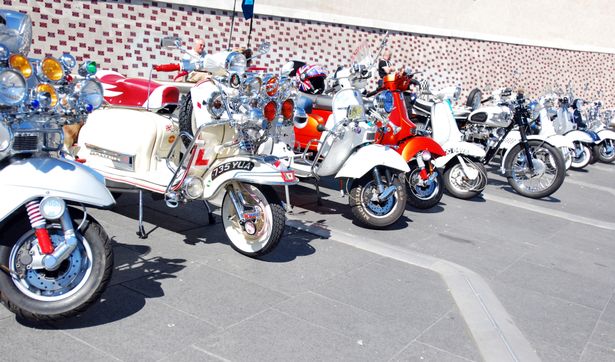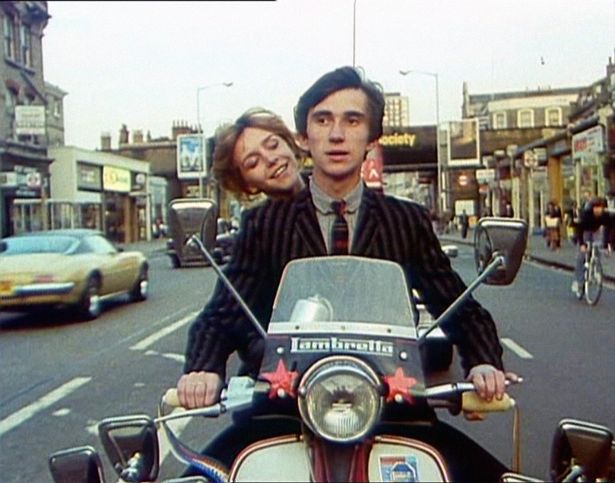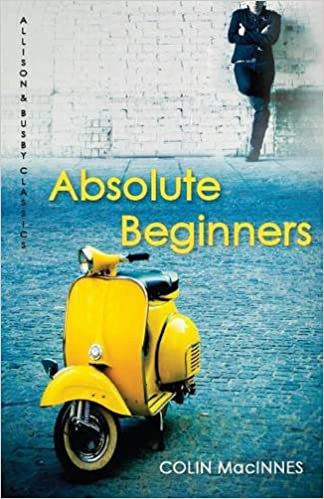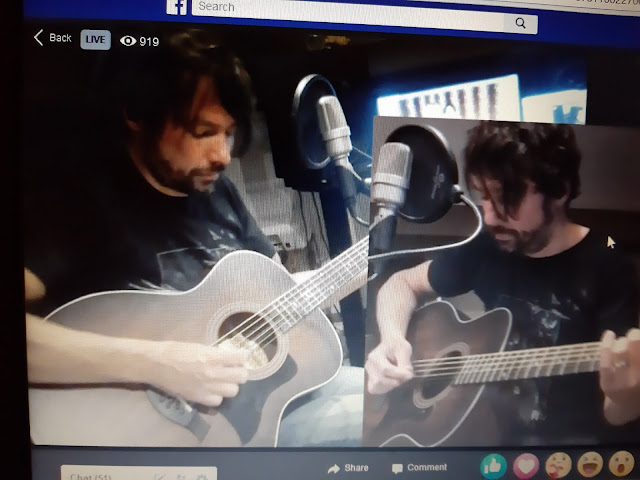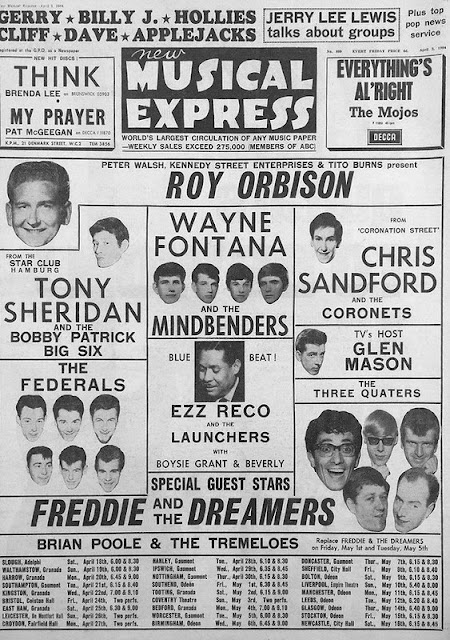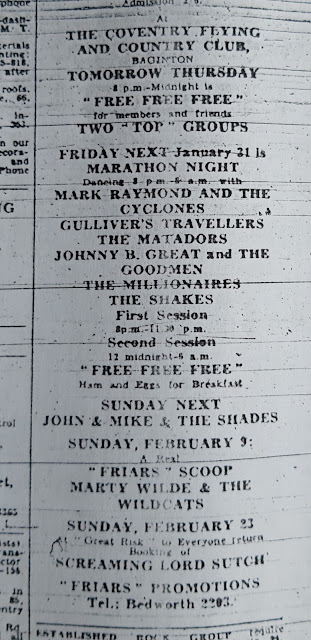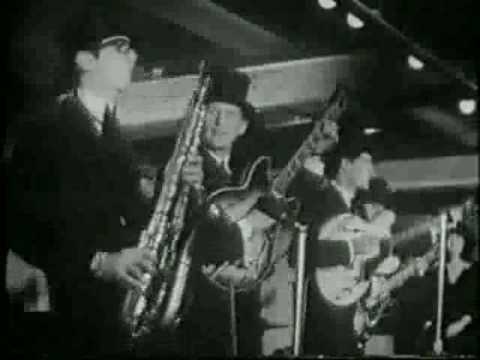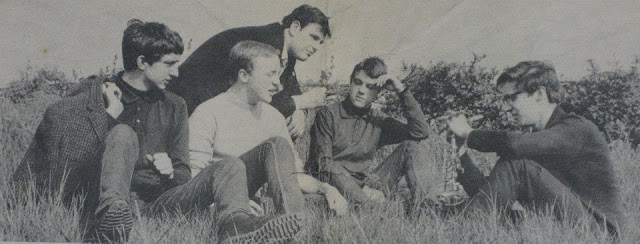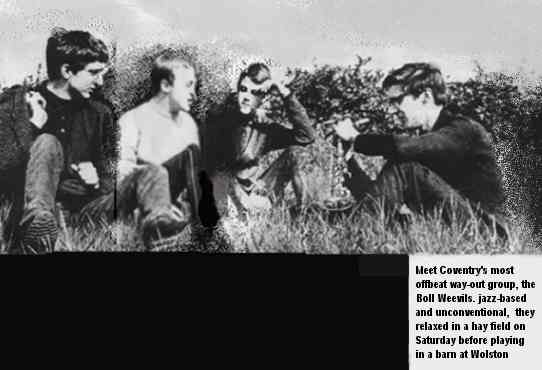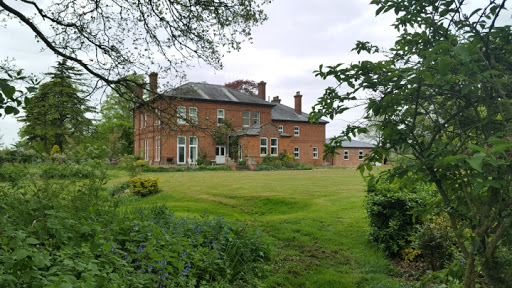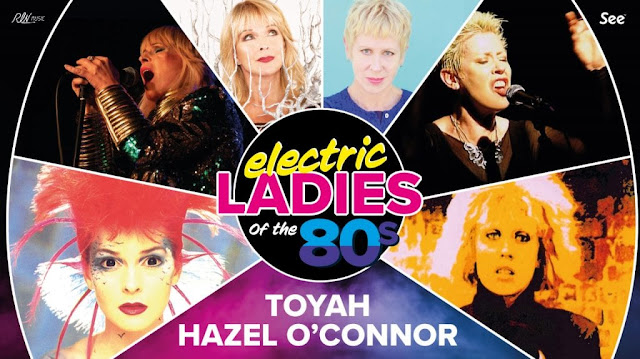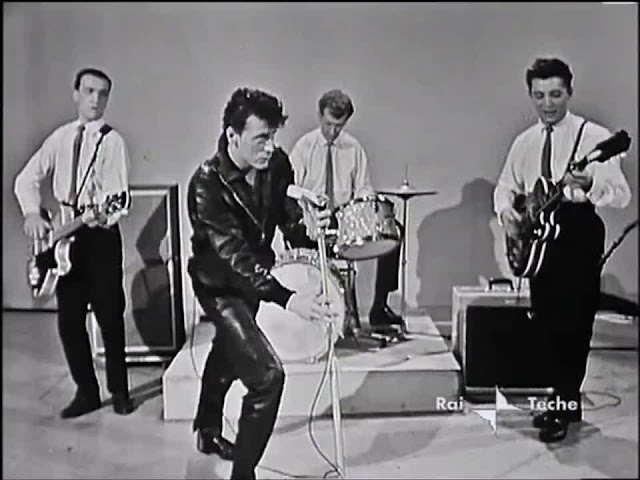Pete Clemons recalls when Broadgate suffered a knock-on effect from the beach riots
While out for a walk with a friend recently we were talking about old scooters and, of course, the conversation soon got around to the ‘Mods’ who made that particular mode of transport famous during the 1960’s.
My friend then went on to mention that of all the youth cultures and fads which have existed over the last 50 years the ‘Mod’ fashion has never really disappeared which of course, when you think about it, is quite true.
When the term ‘Mod’ was first coined during the 1950’s it was used to describe traditional jazz players and their followers. The common denominator though for 1950’s ‘Mods’ and those ‘Mods’ that followed during the 1960’s was the fact that they had both been style conscious and sharply dressed, as they still are to this very day.
One of the earliest written examples of this can be found in the 1959 novel ‘Absolute Beginners’ by Colin MacInnes where he describes modern jazz players and their style conscious fans as ‘modernists’ later shortened to ‘Mods’.
Coffee bars at that time were associated with many forms of music and attracted youths and teenagers of differing backgrounds. And due to the fact they were open after the pubs had closed meant that these youngsters had a place to meet and listen to the various music styles and discuss the latest films, magazines and other things that were flavor of the day. And it was from here that ‘Mods’ developed their ideas and identifying features such as the scooters.
And, I am sure that, anyone who lives in the vicinity of The Craftsman pub will also agree with me as they will have noticed, as I have, the regular scooter rallies taking off from that particular pub car park on a Sunday morning. It really is a great sound when I hear all those Vespa’s, Lambretta’s, and such like, all take off.
When you talk about the ‘Mod’s’ music created by bands like The Who, The Kinks, The Small Faces and relatively, more latterly, The Jam and The Secret Affair should spring to mind along with music genres such as Ska and Soul.
You will also immediately think of those beach towns such as Brighton and Margate, Southend and possibly others like Clacton, Bournemouth and Skegness and other areas of the UK where, during the early 1960’s, the ‘Mods’, along with rivals the ‘Rockers’, would sort out the their differences – particularly during bank holiday weekend of May 1964.
What you wouldn’t necessarily do is associate the events of 1964 with Coventry. So what might surprise you would be for you to learn that Coventry City centre did actually get caught up in those skirmishes and brawls that caused moral panic within the British Government back then.
Just after those infamous bank holiday beach scenes a series of minor disturbances seemed to culminate in a major incident in Broadgate. The Deputy Chief Constable, at the time, stated that it was not gang warfare as such but that it had all been more a case of exhibitionism. The series of events were reported widely at the time and some of the reporting went like this:
“At the time of the beach riots rumours were rife in Coventry that the city would feel a knock on effect. On the Wednesday after those bank holiday disturbances two juveniles were arrested for committing a breach of the peace but no special significance could be placed on the attendant circumstances.
On the Thursday evening there was some trouble in the precinct and four youths were arrested. At 11:15pm on one Friday evening trouble broke out outside a dance hall and five youths were arrested.
At 1am the following morning there was a flare up in Broadgate involving about one hundred youths. On this occasion there was clearly a great deal of excitement no doubt engineered by the current atmosphere. In any event five were arrested.
Many rumours supported the possibility of what can only be described as an invasion by young people not living in Coventry. “
A report from a Monday newspaper, again from May 1964, reported on the previous weekend’s activities as follows:
“The disturbances which shattered the peace of Coventry’s Precinct and traffic free shopping areas on Saturday afternoon gave many people their first taste of the sort of hooliganism which has recently blighted the country’s seaside resorts.
Coventry’s Police soon had the situation under control but it took scores of them, included numbers specially drafted into the city centre, to do so.
They broke up large groups of youths who rampaged about the precinct and detained some of them in Black Marias and police cars stationed at various points in the area.
In the morning a number of youths on the balconies of the Precinct started jeering at an elderly orator near the water feature and some moved towards him menacingly, but he stood his ground.
A crowd of youths made for Coventry station and by the time others, and a number of girls had joined them, there were about 200 in total.
After they returned to the city centre, groups drifted about, and the manager of Woolworths reported to the police that about 150 had barged their way through his store.
One shopper stated ‘I had to get out of the way of a crocodile of black-leather jacketed ruffians coming from the direction of the Precinct. They streamed diagonally across Trinity Street without regard to the traffic which was held up’. ‘While the end of the column was opposite Boots the Chemist the front was outside the Fire Station’ he added. “
The ‘Mod’ scene musically had also begun in Coventry during 1964 and continued and for a couple of years as it carried on well into 1966. The Matrix Ballroom can lay claim to staging the very first Mod gig in Coventry after it had put on a band from Liverpool along with our very own beat band ‘The Sorrows’. Pubs and clubs such as The Cheylesmore and The Walsgrave put on regular Mod nights that included bands and artists such as The Ray King Soul Band, The Steampacket (complete with Rod Stewart), Herbie Goins, Zoot Money and many others.
It did not last. Like all fashion statements, people change, circumstances change and fashions change and so did ‘Mod’ fad. At least until Pete Townshend revived the whole thing, when, his album of the same name provided the inspiration for the 1979 film Quadrophenia. And from then on it never quite went away.
“Anyone remember The Green Onion. 1965/66. It was a very early MOD record club. Every Saturday night at a ballroom dancing school on the green opposite the station. I was the promoter and DJ, played regularly at The Gaff, The Whisky and Spikes Place.”

